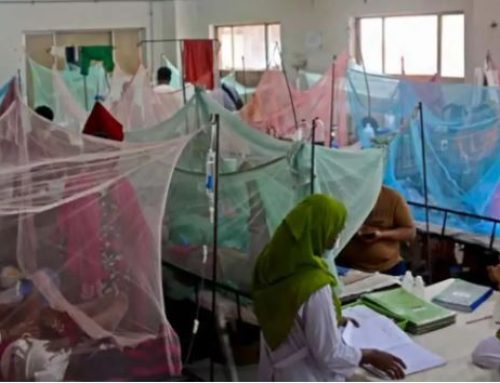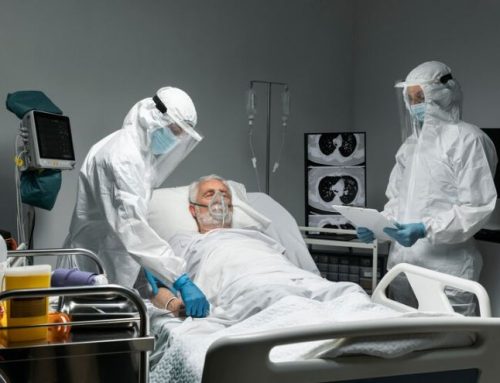Project Description
Author: Anika et al.
Summary:
Over the past two decades, Bangladesh has faced recurrent dengue outbreaks, with the recent one occurred in 2023. This study aimed to investigate the socioeconomic, clinical, and laboratory aspects of patients diagnosed with dengue during this particular outbreak. This observational study was conducted from July to September, 2023 in Dhaka Medical College Hospital (DMCH) and Chittagong Medical College Hospital (CMCH) including 450 confirmed cases of dengue. Sociodemographic information was collected by face-to-face interviews and clinical examinations and laboratory tests were done within 24 hours of admission. Dengue severity was classified according to the 2009 WHO dengue guideline. Notably, 17% of patients experienced severe dengue, and almost 89% of those with non-severe cases exhibited at least one warning sign. Most patients were young adults (mean age 33 years), and a nearly equal male-to-female ratio. Common clinical presentations included fever (95%), myalgia (62%), and headache (58%), while warning signs such as vomiting (54%), and abdominal pain (39%) were prevalent. Plasma leakage indicators, including ascites, pleural effusion, and edema, were predominantly found in severe cases. Laboratory findings revealed leucopenia, thrombocytopenia, and elevated hepatic enzymes (ALT/AST) in nearly half of the patients. However, an elevated hematocrit level was associated with severe dengue. Our study reported that a substantial number of patients developed severe dengue during the epidemic occurred in 2023. Furthermore, it provides a detailed clinico-epidemiological profile of these patients, offering valuable insights for management of dengue cases.
Keywords: Dengue, Severe dengue, Clinical presentation, Epidemic, Bangladesh
Status: Ongoing
Full text link: Not available



